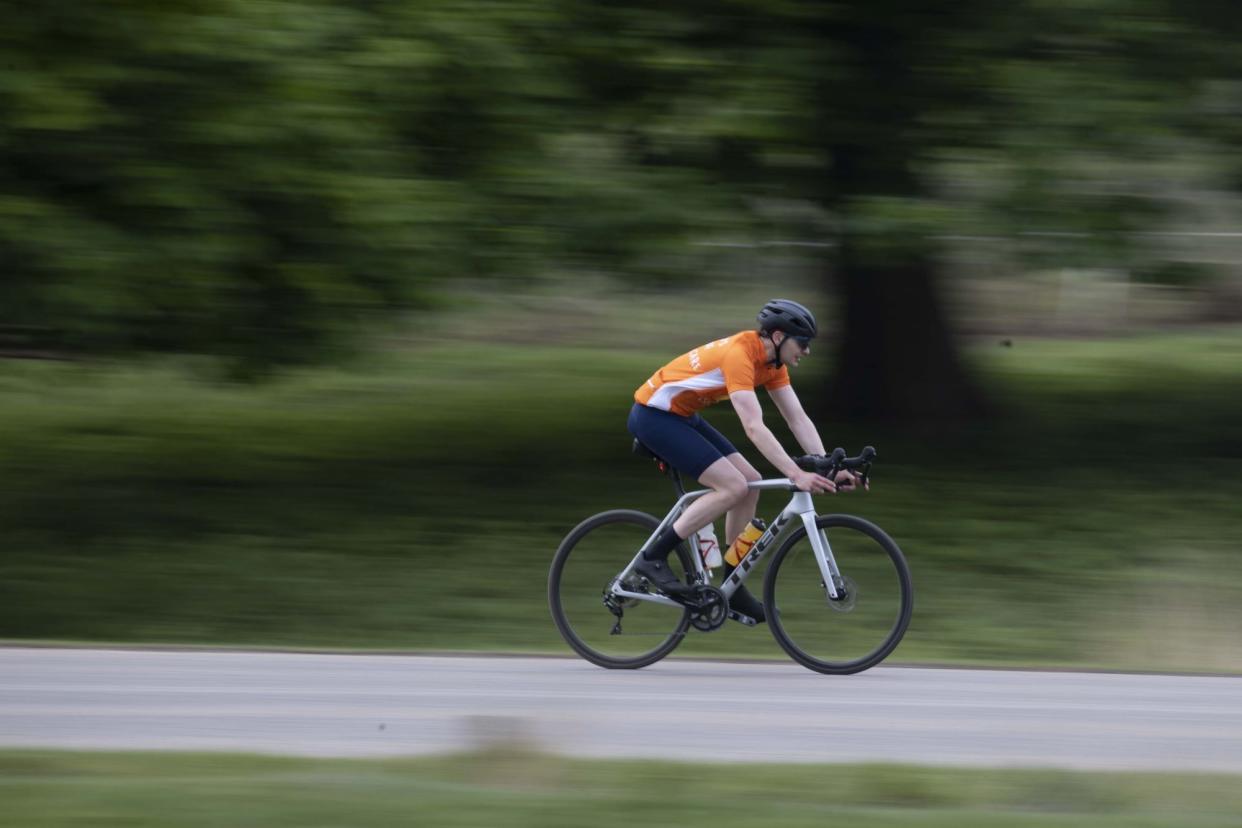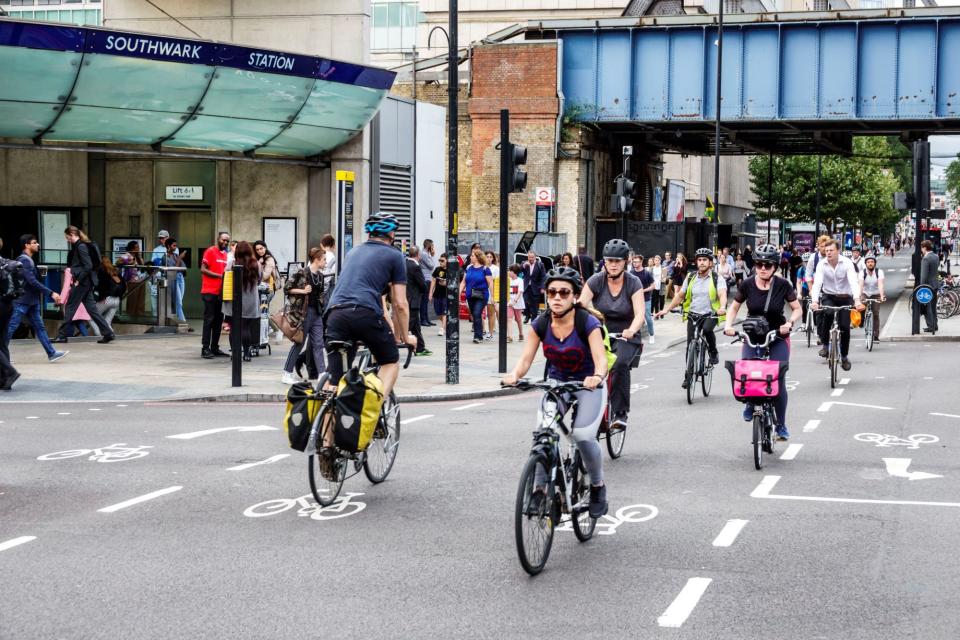'Conflict is built into the way we design roads': Study shows cyclists in helmets perceived as ‘less human’

A significant proportion of the population fails to perceive cyclists fully as human beings, especially while wearing helmets, according to recent research carried out in Australia.
Carried out by Mark Limb from Queensland University of Technology and Sarah Collyer from Flinders University, the study shines a light on the dehumanising perceptions surrounding those travelling by two wheels, particularly those who choose to wear helmets or other forms of safety gear such as hi-vis vests. A report from Canadian Cycling magazine highlighted the findings from the Australian academics.
Published in part F of the scientific journal Transportation Research under the sub-heading titled Traffic Psychology and Behaviour, the research looked to delve into the cynical and negative views towards cyclists that impact efforts to promote the sport and leisure activity down under.
In order to achieve this aim, Flinders and Limb used a survey to collect the views of 563 participants about cyclists and looked to then provide evidence to explain the reasoning behind these negative perceptions that they’ve discovered.
The study claimed that out of all of the survey participants, 30 percent of the 563 involved viewed cyclists as “less than fully human”. Flinders and Limb specifically investigated how wearing helmets and other safety clothing might influence people's views.
Cyclists with helmets were perceived as less human compared to those without, while cyclists with safety vests and no helmets were perceived as least human.
The research carried out in Australia bore some similarities to that of UK academic Ian Walker, who previously carried out extensive research and investigated the “influence of a bicycle commuter’s appearance on drivers’ overtaking proximities” which looked at stereotypes surrounding cyclists in Britain. These studies found that drivers are more likely to pass closely to a rider in a helmet than one without.
Ted Roberts, a cyclist based in Bristol, told Cycling Weekly that his experiences of cycling in the city in different outfits and on different bikes certainly suggested that the appearance of a rider may affect a driver's perceptions of them.
“I ride both in normal clothes on an upright electric city bike with baskets and a road bike in full lycra and a helmet,” Roberts said. “My perception is that I’m close passed less often on the electric city bike than the road bike, suggesting that the appearance of a cyclist does affect drivers actions.”
However, Roberts noted that most of the close passes he has experienced have come out of the urban environment he regularly rides in and have often occurred in a more rural setting.
“While I do ride through the city on both bikes, I don’t ride the city bike out in the country lanes,” Roberts added. “That is probably where most of the close passes happen on the road bike.”

Roberts' view was largely echoed by George Rowland, another Bristol-based cyclist and PhD student, who also felt the Australian study bore striking similarities to other UK-based research surrounding perceptions of cyclists determined from their clothing.
“I guess this is slightly in line with some previous studies on cyclists in lycra versus normal, everyday clothing and that cyclists in lycra draw slightly more road rage incidents from drivers,” Rowland said. “So I guess to a certain degree, it’s maybe in line with that, as well as that by wearing a helmet or safety gear you’re kind of embodying being a 'hated cyclist' by other road users rather than a human being.”
However, Rowland highlighted a potential issue with the survey that formed part of the study which could be problematic.
“One thing that I found interesting was that they forced participants to make a choice,” he added. “As it could have been just a quick choice on the hop, it doesn’t necessarily indicate strength of preference.”
“I don’t know how much weight should be put into it in that respect. As with lots of academic research, there needs to be a follow up to see what the root of these perceptions are.
“Also coming from my background, the way I see a lot of these psychological studies is that ultimately I think they come down to design problems. Lots of that animosity between cyclists and drivers comes down to the fact that conflict is built into the way we design roads and streets and this psychological impact is downstream from those poor design choices.”
Do you feel dehumanised by other road users based on your cycling clothing choices? Email me and let me know: tom.thewlis@futurenet.com.

